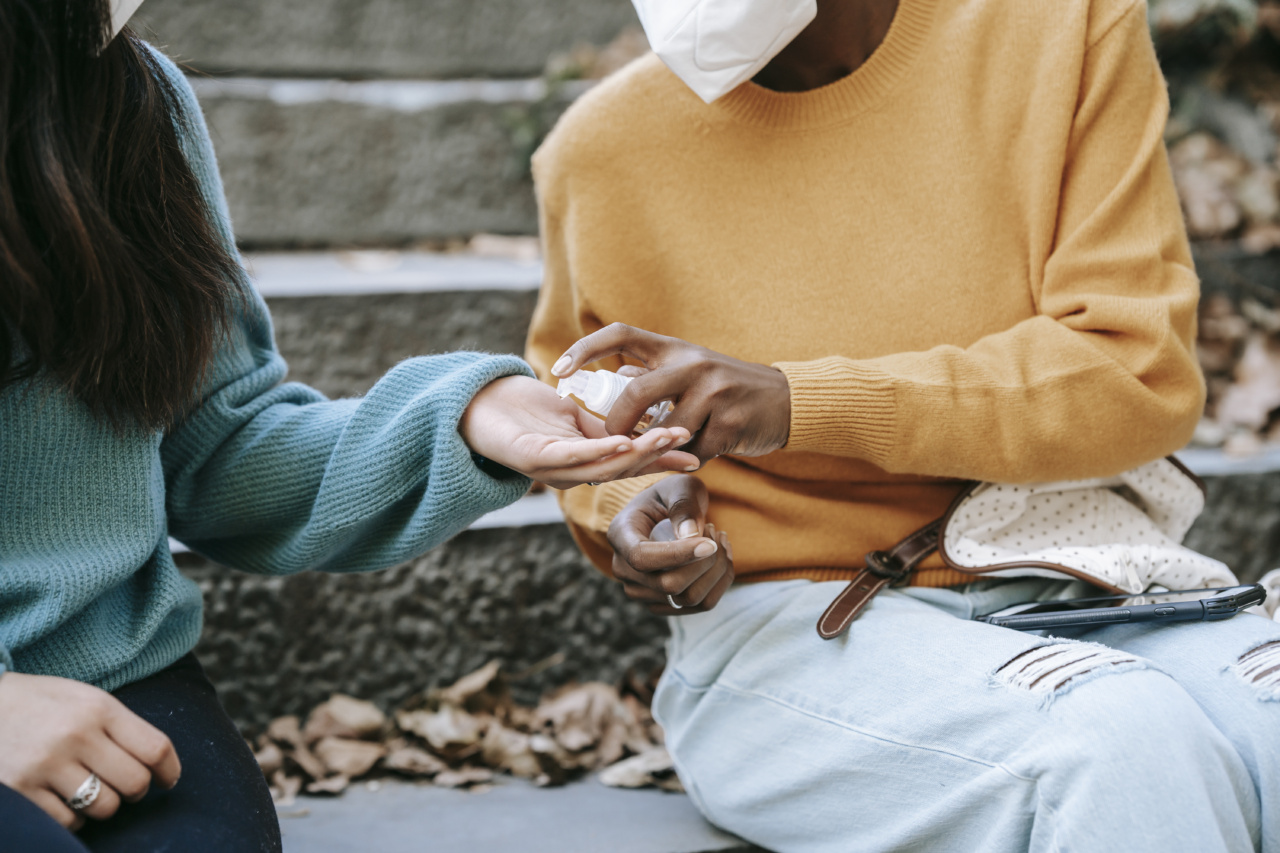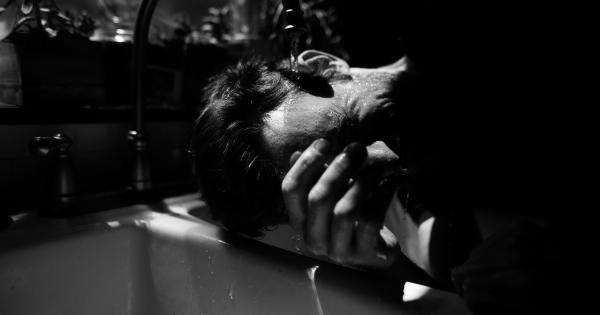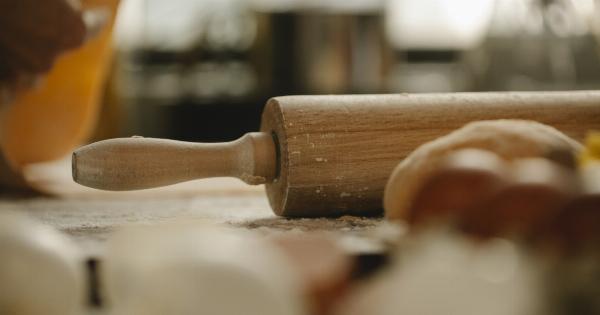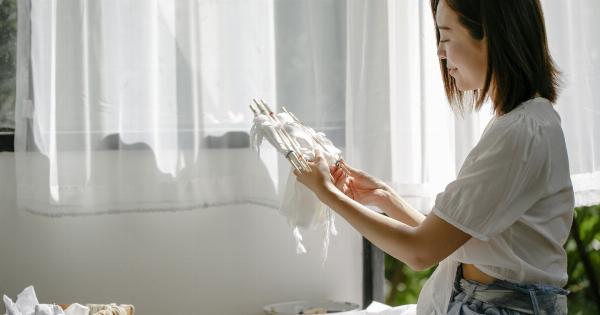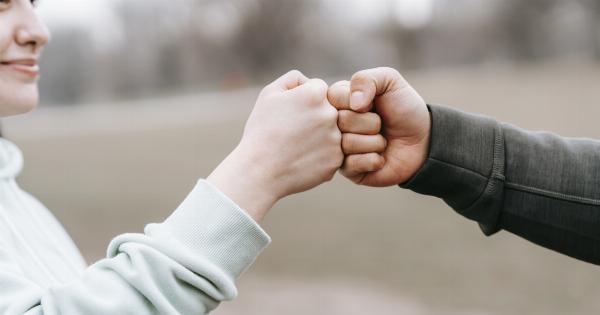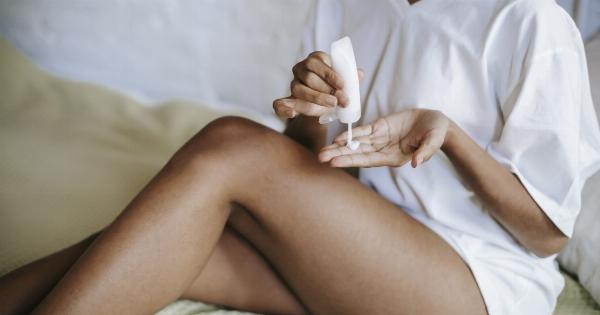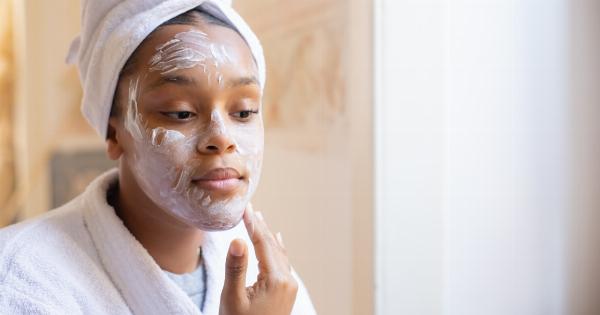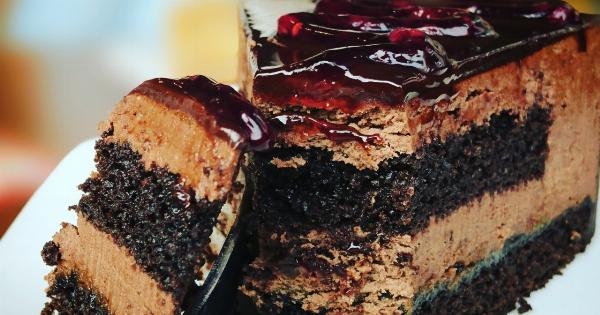As soon as you notice that your skin is sunburned, it’s important to cool it down to help relieve the pain and minimize further damage. Take a cool shower or bath, or apply cold water compresses to the affected areas.
You can also take a damp towel and place it in the freezer for a few minutes to create an icy compress.
Step 2: Hydrate, Hydrate, Hydrate
Sunburned skin loses a lot of moisture, so it’s crucial to replenish it by drinking plenty of fluids. Aim to drink at least 8 cups (64 ounces) of water or other hydrating beverages throughout the day.
This will help prevent dehydration and promote healing from within.
Step 3: Apply Aloe Vera Gel
Aloe vera is well-known for its soothing properties and is often used to treat sunburns. Apply a generous amount of pure aloe vera gel to the affected areas and massage it gently into the skin.
The gel will provide instant relief, reduce inflammation, and help speed up the healing process. Repeat this several times a day for best results.
Step 4: Use a Moisturizing Lotion
Sunburned skin tends to become dry and flaky, so it’s essential to keep it moisturized. Choose a gentle, fragrance-free lotion or cream and apply it generously to the sunburned areas.
Reapply the lotion throughout the day to lock in moisture and soothe the skin. Look for ingredients like aloe vera, shea butter, or hyaluronic acid, which provide additional hydration and promote healing.
Step 5: Take Over-the-Counter Pain Relievers
If the sunburn is causing discomfort and pain, over-the-counter pain relievers can help alleviate the symptoms. Non-steroidal anti-inflammatory drugs (NSAIDs) like ibuprofen or aspirin can help reduce inflammation and provide relief from the pain.
Follow the recommended dosage instructions and consult a healthcare professional if you have any pre-existing medical conditions or are taking other medications.
Additional Tips for Sunburn Relief
Aside from the main steps mentioned above, it’s crucial to follow these additional tips for effective sunburn treatment:.
1. Avoid further sun exposure
Protect your sunburned skin from the sun until it has completely healed. Sun exposure can worsen the burn and delay the healing process.
Stay in the shade, wear loose clothing that covers the affected areas, and use a broad-spectrum sunscreen with a high SPF if you cannot avoid going outdoors.
2. Don’t break or peel blisters
If your sunburn causes blisters, it’s important not to pop or peel them. Breaking the blisters can lead to infection and further damage to the skin.
Instead, let them heal naturally and protect them by covering them with a sterile, non-stick bandage.
3. Keep your skin hydrated
Aside from drinking plenty of fluids, you can also hydrate your skin from the outside. Opt for moisturizers or lotions that contain ingredients like hyaluronic acid or glycerin, which help retain moisture in the skin.
4. Apply cold compresses
If your sunburned skin is experiencing intense heat and pain, dampen a towel with cold water and apply it to the affected areas for 15 minutes. This will provide temporary relief and help reduce inflammation.
5. Stay away from irritants
Avoid applying harsh chemicals, fragrances, or exfoliating products to your sunburned skin as they can further irritate and damage it. Stick to gentle skincare products and avoid picking or scratching the affected areas.
Conclusion
By following these 5 steps and additional tips, you can effectively treat sunburn and promote healing for your sun-damaged skin.
Remember to cool the burn, hydrate both internally and externally, use aloe vera gel and moisturizing lotions, and take over-the-counter pain relievers if necessary. Additionally, practice sun protection measures to prevent further damage and allow your skin to recover fully. Be patient and give your skin the care it needs, and soon enough, you’ll be on your way to healthy, sunburn-free skin.
